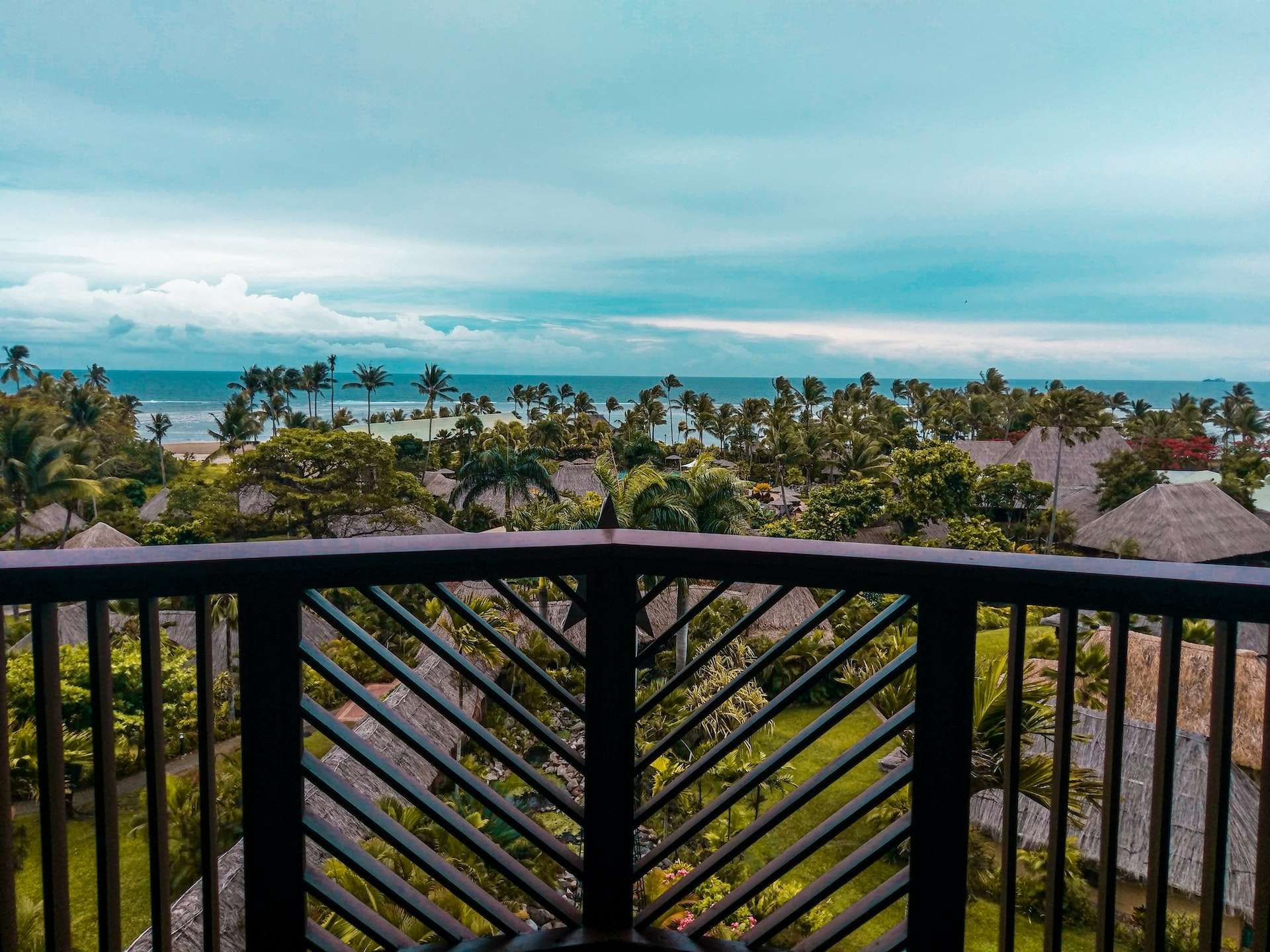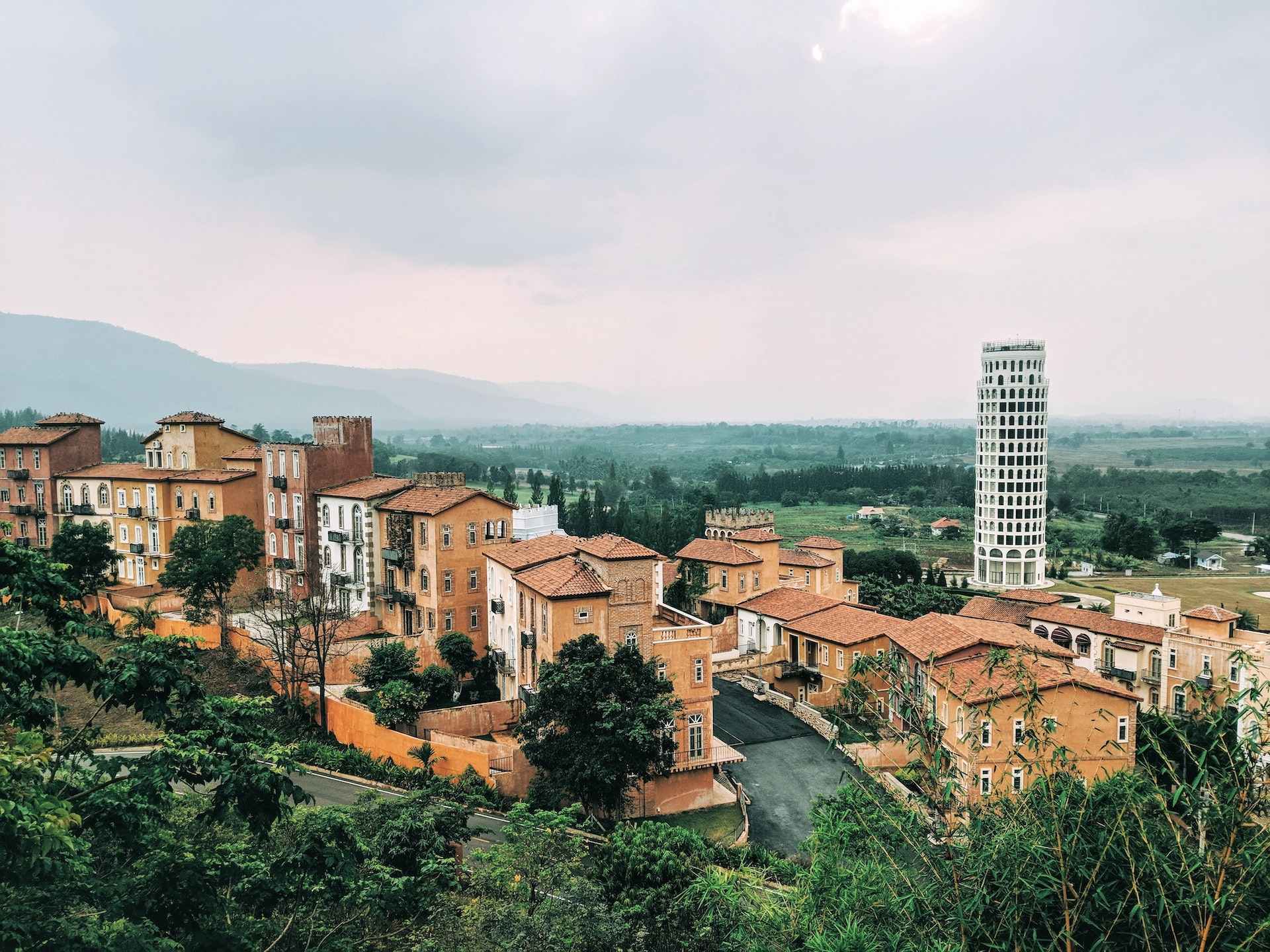Is Nagoya dangerous? When it comes to Nagoya safety, it is important to note that the city, like any other, has its own set of potential hazards and risks. However, overall, Nagoya is considered to be a relatively safe city for both locals and tourists.
Common Causes of Injury
In terms of common causes of injury, slips, trips, and falls are among the most reported incidents in Nagoya. This is particularly true during the rainy season, which typically runs from June to July. As such, it is important to be extra cautious when walking on wet or slippery surfaces during this time. Additionally, traffic accidents are also a concern in Nagoya, so it is important to always be aware of your surroundings when crossing the street or biking.
Natural Dangers
In terms of natural dangers, Nagoya is not known to have any significant hazards. However, as with any coastal city, it is important to be aware of the potential for typhoons and other severe weather events during the summer months. Additionally, earthquakes are a concern throughout Japan, and Nagoya is no exception. It is important to be familiar with emergency procedures and to have an emergency kit on hand in case of a natural disaster.
Weather-related Concerns
The best time to visit Nagoya weather-wise is probably during the fall (September to November) and spring (March to May) seasons when the weather is mild and comfortable. The summer months can be hot and humid, while the winter months can be cold and snowy.
Crime
Nagoya is considered to be a relatively safe city when it comes to crime, but as with any urban area, there are certain areas and situations that are more prone to criminal activity. Overall, the city has a low crime rate, with the majority of incidents being petty crime such as pickpocketing and theft. However, it is still important to be aware of your surroundings and to take precautions, such as not leaving valuables in plain sight and being mindful of your belongings in crowded areas.
When it comes to specific areas of concern, the city center, particularly around the train station, is known to have a higher crime rate. It is also important to be aware that crime rates tend to be higher at night, so it is advisable to exercise extra caution after dark.
In terms of the safest areas to stick to, the residential neighborhoods in Nagoya are generally considered to be very safe. Additionally, the tourist areas, such as the Nagoya Castle and the Toyota Commemorative Museum of Industry and Technology, are also considered to be safe and well-patrolled.
Overall, while there are certain risks and hazards to be aware of in Nagoya, the city is considered to be relatively safe for tourists. By being aware of your surroundings and taking basic precautions, you can help to ensure a safe and enjoyable visit to Nagoya.



